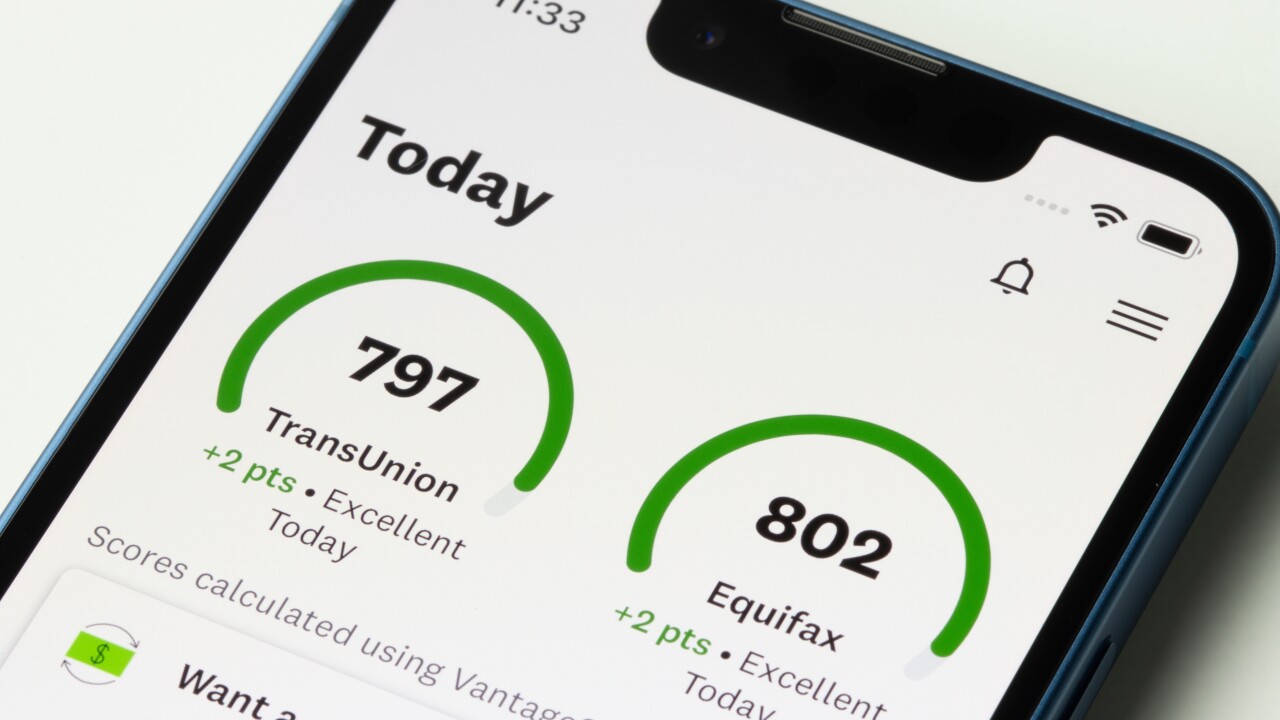Mortgage refinancing activity is back from the dead thanks to declining interest rates, and that's good news for banks that will be starved for additional revenue as lending margins keep tightening.
But as with many good things, there's a catch.
First, the upside: Mortgage refinance volume in August increased almost 200% from a year earlier, according to the Mortgage Bankers Association Refinance Index. The index gauges fluctuations in refi application activity based on a weekly survey of lenders. The uptick came as the average rate on 30-year fixed mortgages

Banks are already enjoying the spoils, according to interviews with executives and a review of transcripts of second-quarter earnings calls held in the past month.
“With the recent decline in the primary mortgage rate … [our] refinance volumes grew by 28% versus the prior year” to $631 million, William Furr, chief financial officer at the $14.3 billion-asset Hilltop Holdings in Dallas, said during a July 26 conference call. Other banking executives echoed Furr’s remarks during second-quarter earnings reports.
It’s a welcome turnaround after two years of tough conditions for mortgage lending, which led some bankers to
Yet the conditions that have produced the refi boom — historically low long-term interest rates — are a double-edged sword, said Peter Winter, an analyst at Wedbush Securities.
“It’s just not going to be enough to offset what’s happening with margin pressure with this yield curve,” Winter said.
Yields on the 10-year Treasury, a benchmark for mortgage rates, on Wednesday
An inverted yield curve — when long-term rates are lower than short-term rates — is a difficult operating environment for banks, Winter said. That is because newly originated loans will have lower rates than the average rate of loans that banks already hold on their balance sheets. That will lead to a tightening of net interest margins, he said.
In addition, floating-rate loans and securities in a bank’s portfolio automatically reset at lower rates. And a bank cannot reprice its outstanding deposits fast enough to keep up, Winter said.
“Banks will lower their deposit rates, but they can’t lower them at the same pace as the decline in loan and security yields,” Winter said.
Even so, plenty of banks are eager for the fee and interest income that come with the additional refinancing. Black Knight, a mortgage data provider, estimates that with the 30-year fixed mortgage rate at 3.6%, about 9.7 million consumers could benefit from refinancing, with an average monthly savings of $267 per borrower.
The MBA's Refinance Index
“We’ve seen a 17% increase in our monthly mortgage volumes this month, based on higher refinance activity,” said Mark Dawson, president of the mortgage division at the $7.2 billion-asset First United Bank in Durant, Okla.
The Federal Reserve’s interest rate cut on July 31 helped stimulate interest among homeowners, said John Ward, president of retail loans at the $5.7 billion-asset First American Bank in Elk Grove Village, Ill. Although mortgages are not tied to the federal funds rate, the Fed lowering that rate called attention to the fact that mortgage rates had dropped.
“It was free publicity to let people know that they should think about refinancing,” Ward said. The Fed’s rate cut “got people thinking, ‘What do these lower rates mean for me?’ ”
But low interest rates can cause another problem tied to mortgages — lower fee income from mortgage servicing as reduced rates prompt consumers to accelerate prepayments on outstanding mortgages.
“Lower rates can translate into higher prepayment rates,” said Andy Walden, director of market research at Black Knight. “This can, theoretically, result in a decline in a servicer’s revenue if those customers are not retained by their current lender and servicer.”
Philip Flynn, CEO of the $33.7 billion-asset Associated Banc-Corp, said during a July 25 conference call that an increase in prepayments drove down the Green Bay, Wis., company's servicing income in the second quarter.
Additionally, some banks may be forced to take an impairment charge if the value of their mortgage servicing rights assets declines, said Kevin Reevey, an analyst at D.A. Davidson.
“The value of those servicing rights portfolios declines in a declining rate environment,” Reevey said.
But for banks that rely heavily on mortgage income, a surge of mortgage refinancing is good news. First American Bank, for example, has about a quarter of its total loan book in residential mortgages. Many of the bank's existing mortgage customers have recently contacted the bank to ask about their refinancing options, Ward said.
"Up until recently this was just a refinance boomlet," Ward said. "Now it's a full-on boom."





